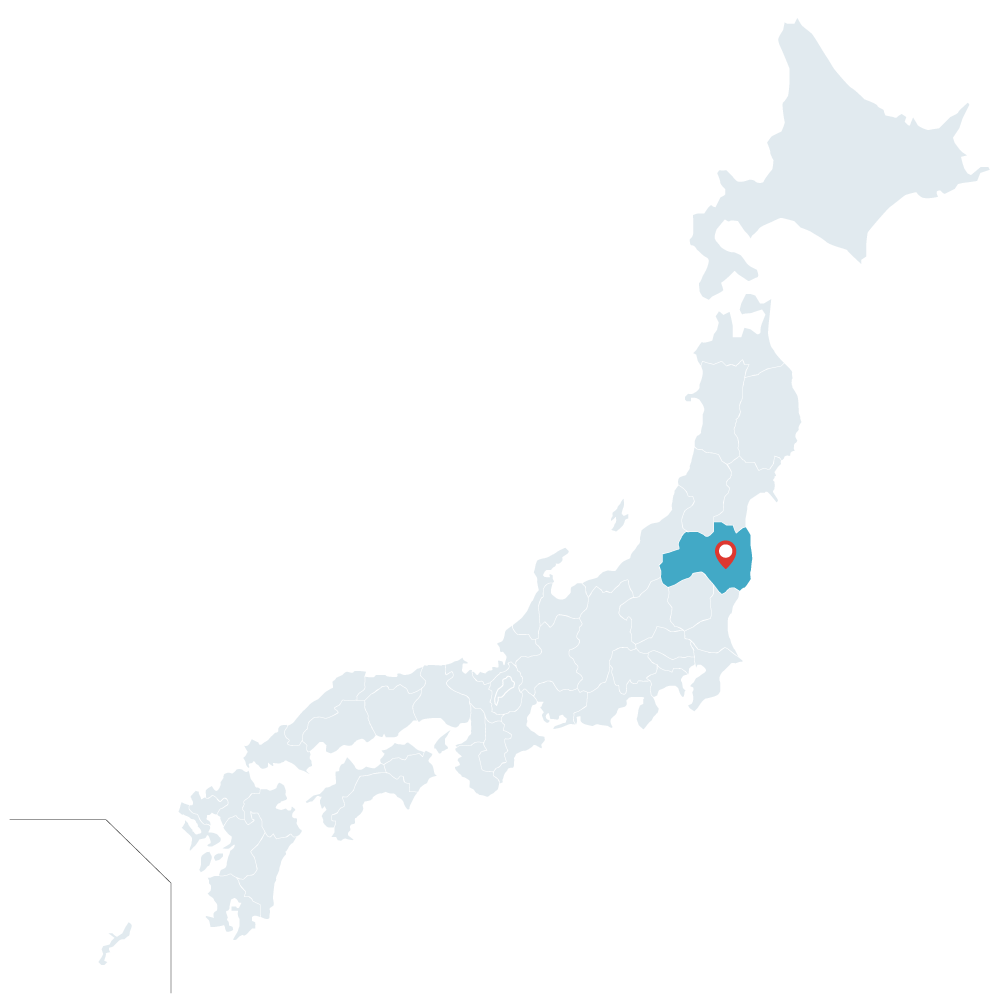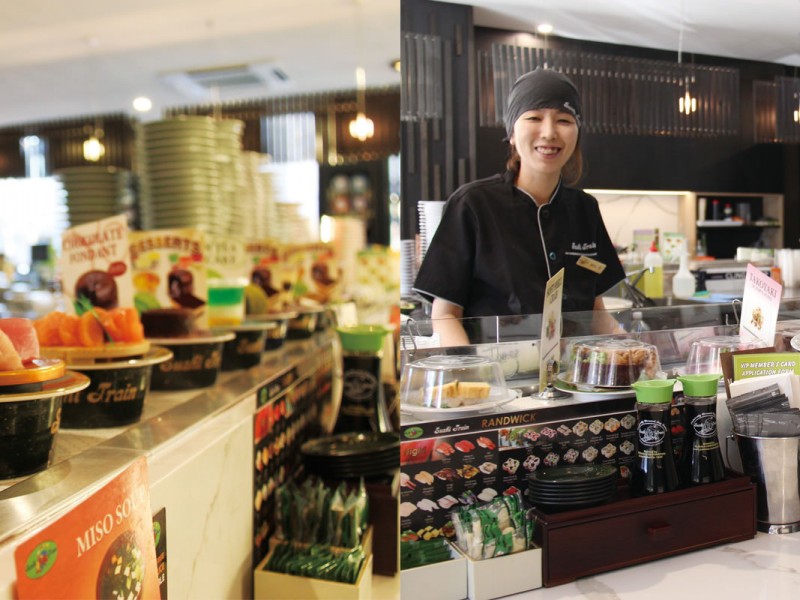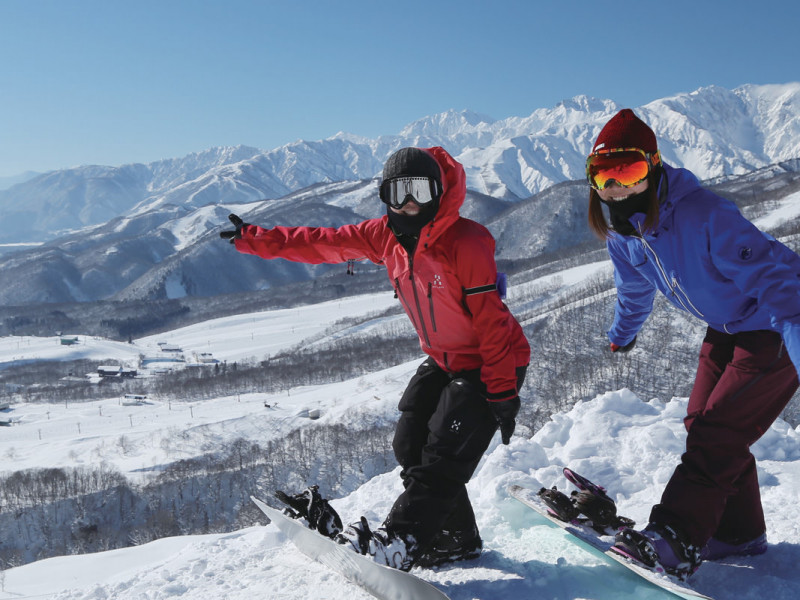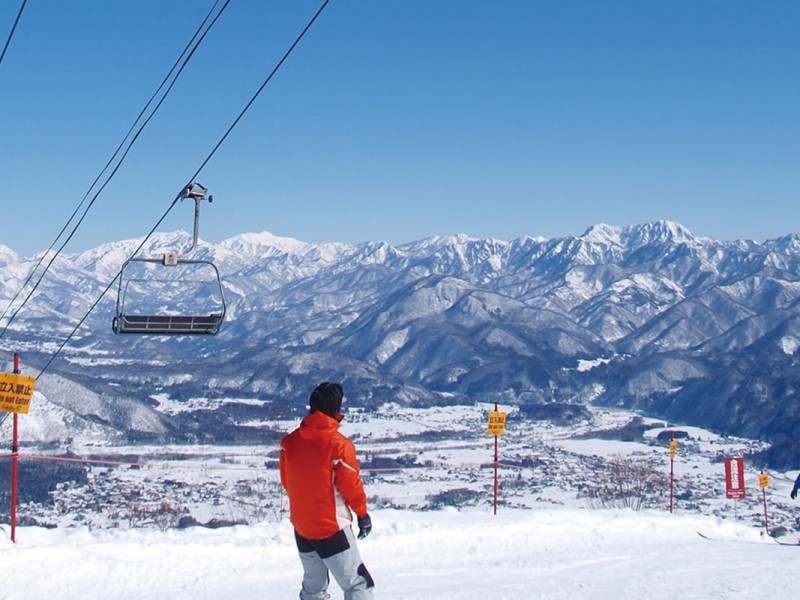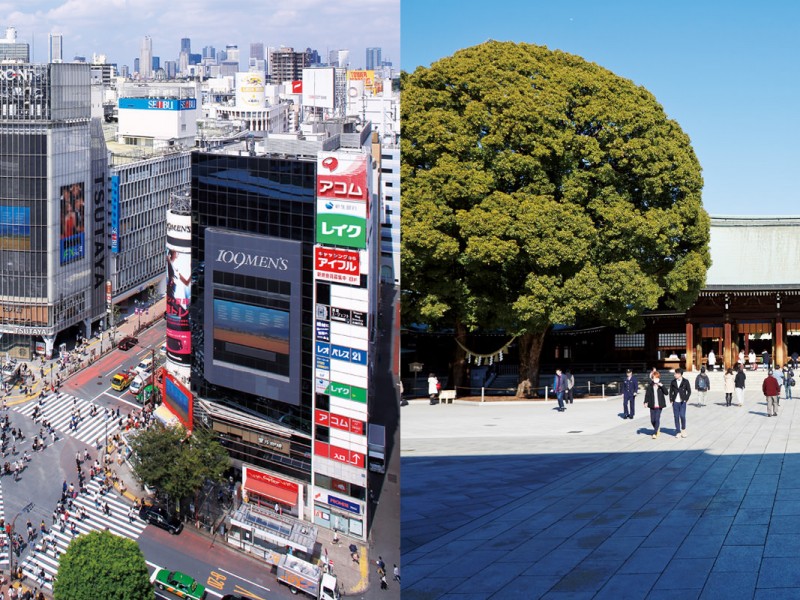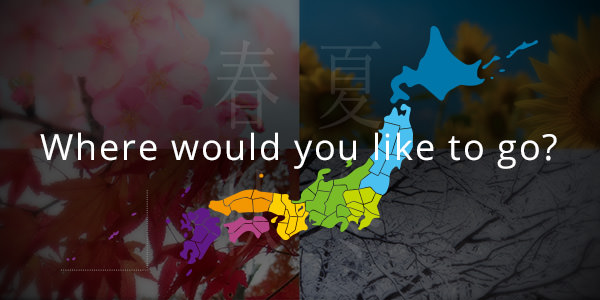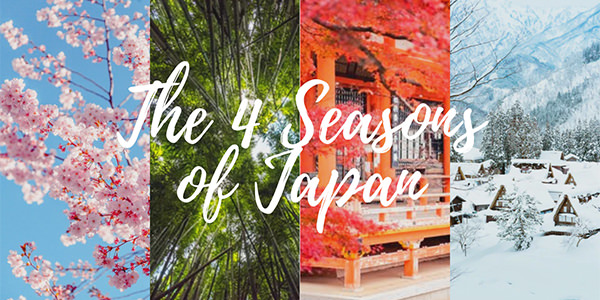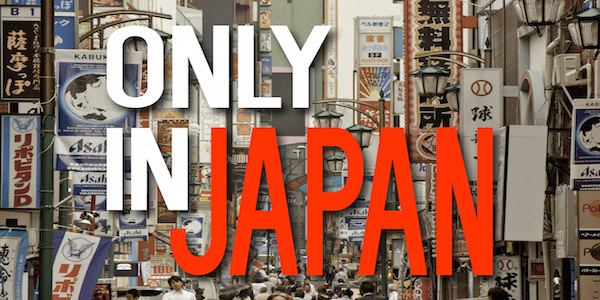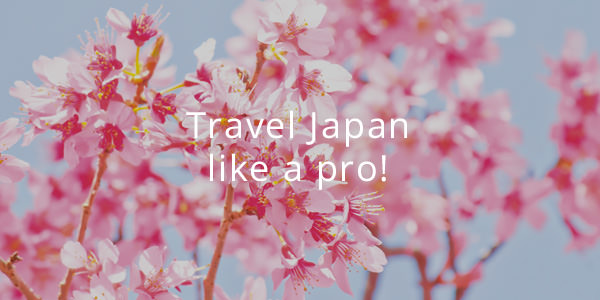About Fukushima’s Seasonal Festivals
In Japan, a country known for its distinct and vibrant seasons, exists an ancient belief in “Yaoyorozu no Kami,” which holds that deities inhabit all things. To express gratitude and pray to these deities, along with Buddha, the spirits of ancestors, and nature itself, countless festivals are held all throughout the country. As Japan’s development was long tied to agriculture, its festivals often reflect farming traditions, like sowing seeds in spring, cultivating crops in summer, harvesting in autumn, and preparing for winter.
Festivals, particularly historical ones, also convey the sentiments of the Japanese people through expressions of prayer, wishes, gratitude, and honouring the departed souls. In recent years, new festivals have likewise been created to revitalise communities and celebrate the year. Fukushima Prefecture is home to many such Japanese festivals, both old and new, proudly presenting its culture and history to the public. Those who join can mingle with locals, relish delicious street food, and revel in the ecstatic energy that fills the towns and cities of Fukushima.
Spring
Kitakata Cherry Blossom Festival (Nicchu Line Weeping Cherry Blossom)
The Kitakata Cherry Blossom Festival celebrates the approximately 1,000 weeping cherry blossoms that grow along a 3-kilometre stretch of the remains of the Former National Railway’s Nicchu Line. A spectacular tunnel gradually forms as the trees bloom from mid-April, becoming the symbol of Kitakata’s flower culture. Many stalls are set up selling unique foods inspired by the blossoms, and an after-dark light-up showcases their beauty at night. A vintage steam locomotive that once ran on the Nicchu Line is also displayed.
Soma Nomaoi Festival
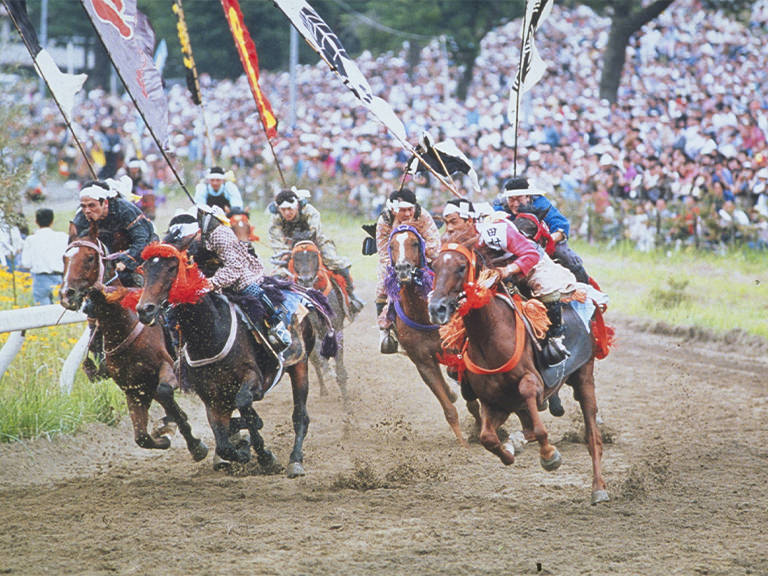
The annual Soma Nomaoi festival sees around 400 horsemen don samurai armour to race and battle to capture flags. According to legend, the Soma Nomaoi traces its origins back over 1,000 years, when the legendary samurai Taira no Masakado, said to be a distant relative of the Soma Clan, released wild horses into northwestern Chiba Prefecture for military training. The festival lasts for several exhilarating days, and is a great opportunity to witness the samurai spirit of Japan in action.
https://fukushima.travel/destination/soma-nomaoi-festival/62
Summer
Aizu Tajima Gion Festival
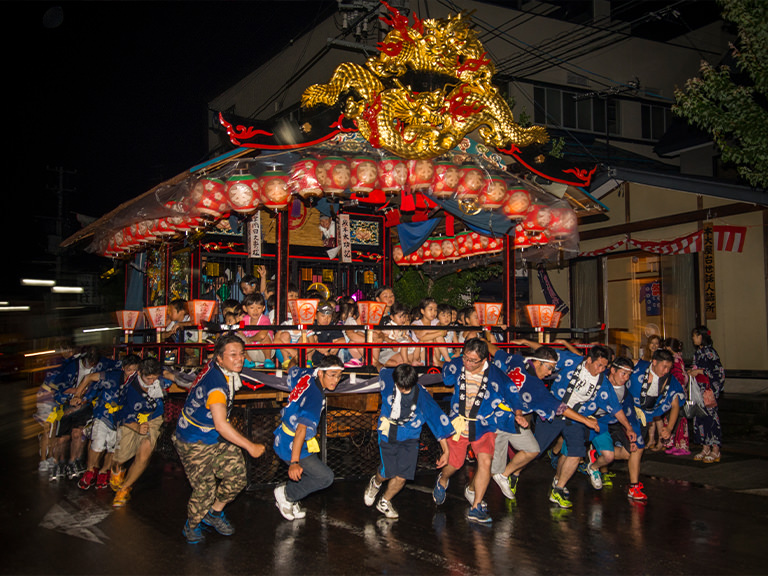
The Aizu Tajima Gion Festival runs for three days between July 22-24 at Tadeuga Shrine and Kumano Shrine in Aizu. It’s counted among Japan’s three big “Gion” festivals, together with Kyoto Gion and Nakano-Tsushima in Aichi. There’s a lot to see, including the four Oyatai floats that host children’s kabuki performances, women dressed in dazzling bridal costumes heading towards the shrine in the Nanahokai Gyoretsu procession, historical clothing at the Mikoshi Togyo street parade, and the buoyant sounds of flutes, taiko drums, and clapping at the Daidai Kagura. A great number of stalls are also set up in the grounds, and cloudy unfiltered “doburoku” sacred sake is served to visitors.
https://fukushima.travel/destination/aizu-tajima-gion-festival/210
Aizu Festival
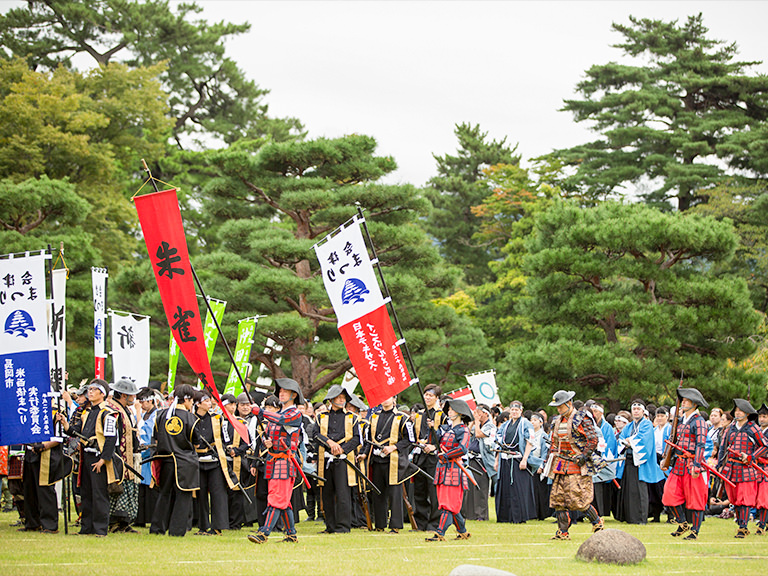
The Aizu Festival is held throughout the city of Aizu-Wakamatsu over three days around September 22 to commemorate the surrender of Tsuruga Castle during the Boshin War, which occurred at the end and beginning of the Edo and Meiji periods. This tradition has been passed down to the modern era to celebrate the restoration of the Aizu Domain and to pray for the souls of those who lived at the time. Children bearing lanterns walk in a procession down Shinmei Street and Tsuruga Castle, the symbol of Aizu, and use them to illuminate a traditional ring dance called the Aizu Bandai-san Odori. There is also a battle ceremony held at Tsuruga Castle by those dressed as warriors, and other opportunities to experience the legacy of Aizu-Wakamatsu.
Autumn
Iizaka Kenka Festival
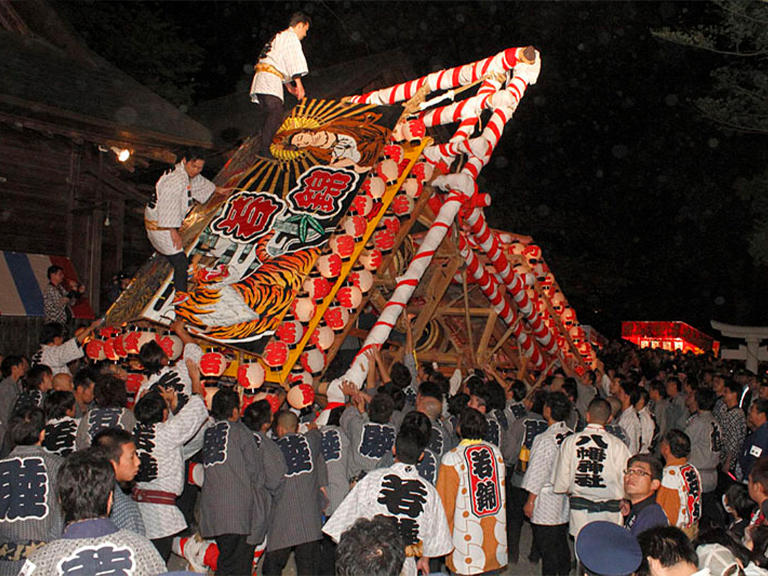
The Iizaka Kenka Festival is a traditional event in Fukushima City to pray for year-long peace and give thanks for a bountiful harvest. It is held in early October at Iizaka Hachiman Shrine in Iizaka Onsen, one of the three famous hot springs of the Oshu region. The climax sees the festival floats smash into one another in an intense “fighting festival.” It’s considered one of Japan’s top three fighting festivals, together with the Danjiri Festival in Osaka Kishiwada and the Oyama Bayashi in Kakunodate. Six taiko drum floats carried by crowds of young people violently collide and block the portable “mikoshi” shrines from entering the shrine grounds. The sound of the beating drums roaring across the land will leave you spellbound.
https://fukushima.travel/destination/iizaka-kenka-matsuri-iizaka-fighting-festival/207
Nihonmatsu Lantern Festival
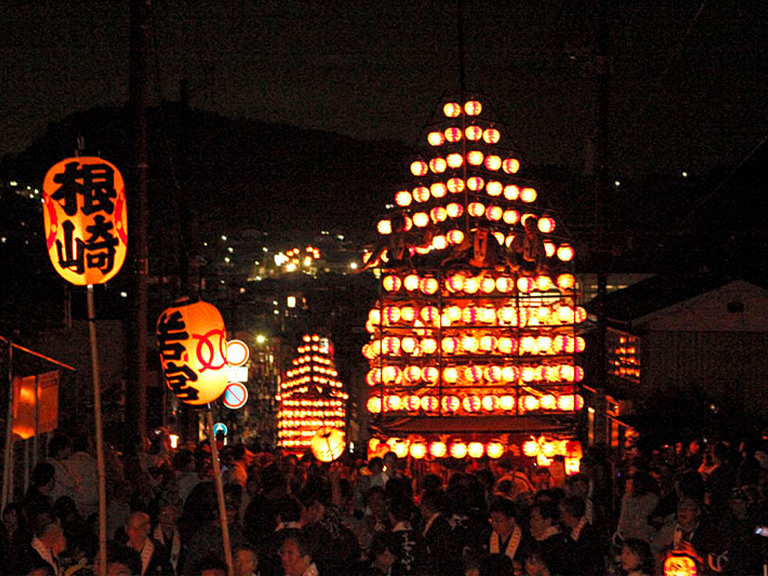
The Nihonmatsu Lantern Festival is one of the largest events in Nihonmatsu City. It is one of Japan’s top three lantern festivals and is a registered Important Intangible Folk Cultural Property of Fukushima. It’s held over three days from the 1st Saturday to Monday of October, and consists of around 3,000 lanterns on seven taiko drum floats enthusiastically paraded through the city at night and pulled in a procession on the final day. There’s lots more to enjoy, too, such as the stone wall in front of Kasumigajo Castle Park adorned by lanterns.
https://fukushima.travel/destination/nihonmatsu-lantern-festival/260
Winter
Ouchijuku Snow Festival
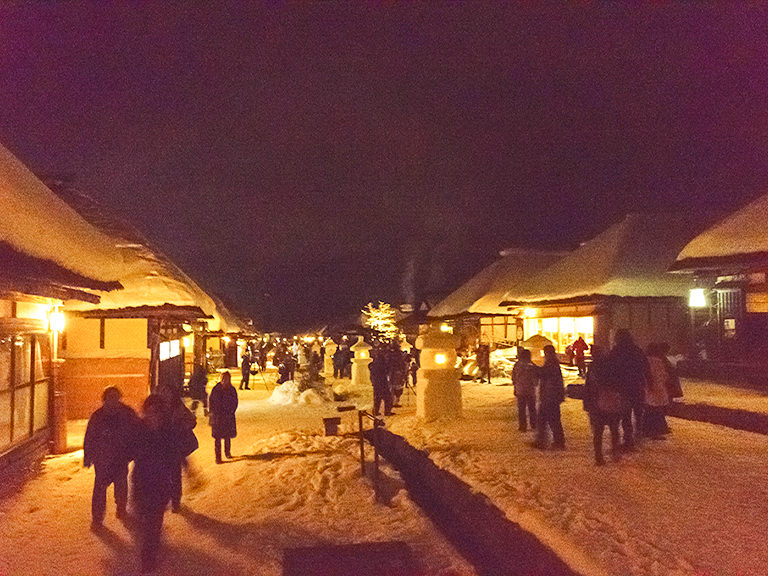
The Ouchijuku Snow Festival occurs on the 2nd Saturday and Sunday of February in the old inn town of Ouchijuku in Aizu. During this time, the region is blanketed in deep snowfall, and handmade snow lanterns are lined up along the roads, emitting a warm glow. Amidst the freezing cold, men dressed in loincloths carry sacred flames about the town in the Goshinkataika ceremony. Fireworks are also launched at night, bathing the snowy village and straw-thatched roofs in dazzling colour. Other highlights include Japan’s biggest “dango-sashi” tree decorated in dumplings, along with taiko drum performances, soba-eating contents, and more.
https://fukushima.travel/destination/ouchi-juku-snow-festival/204
Aizu Painted Candle Festival
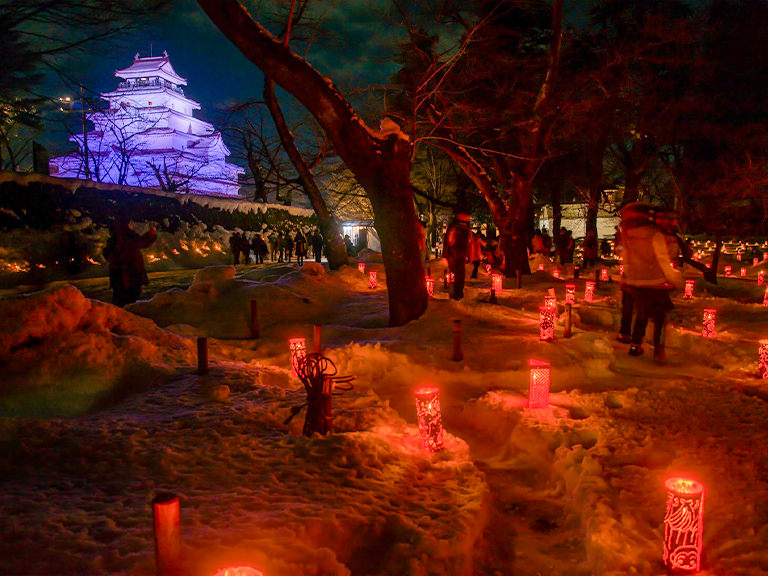
The Aizu Painted Candle Festival aims to spread the appeal of Aizu painted candles, a traditional craft of Aizu. It started as recently as the year 2000 and has developed into a treasured local event. The main venue of Tsuruga Castle is illuminated by lanterns made of Aizu-hongo ware pottery and painted candles in Aizu lacquerware candlesticks, weaving together a magnificent scene when viewed from the castle tower. At Oyaku Garden, the other main venue, Aizu painted candles held in bamboo containers surround the garden pond, promising a serene spot for a nighttime stroll. Candles are displayed in other locations throughout the city too, each with a seasonal flower design hand-painted by master craftspeople, showcasing their talent to the world.
https://fukushima.travel/destination/aizu-painted-candle-festival/63
FUKUSHIMA TRAVEL
Australia’s Official Fukushima Prefecture Representatives
For any enquiries regarding Fukushima tourism, please feel free to reach out to
sales_fukushima@nta.com.au or call
Simon Williamson (Australian Attractions): 0438 744 633
Nippon Travel Agency Australia Sydney Office: (02) 9275-9661

 | Temperature: 17
| Temperature: 17